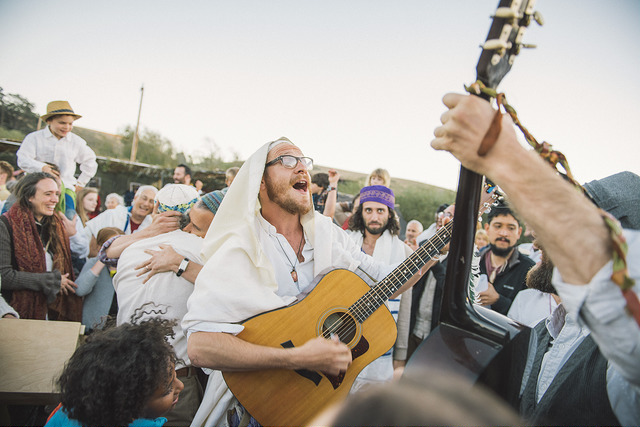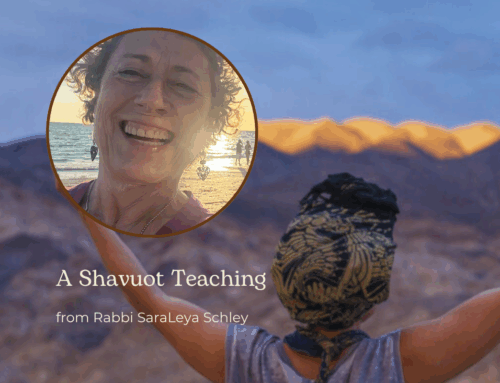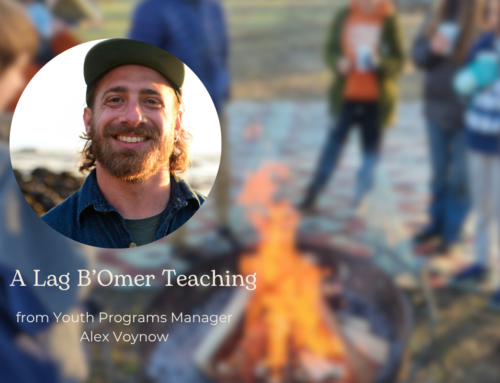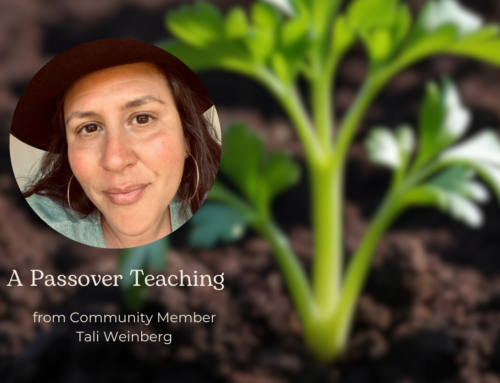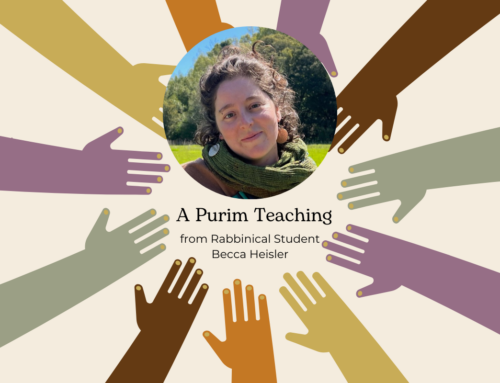Zelig Golden | 11 Sh’vat 5768 | January 18, 2008
In this week’s parsha Be-Shallah, we celebrate Shabbat Shira – the Sabbath of Song – named for the song Moses sang to the children of Israel at the red sea. Moses sings his song of victory and faith in God after their passage through the parted waters of the Red Sea, the seminal birth moment of the Jewish people. (Exodus 15:1-18).
In parsha Be-Shallah (Ex 13:17-17:16), we witness what may be the greatest miracle in our story. God leads the people Israel out of Egypt as a pillar of cloud by day to guide us and a pillar of fire by night so we can see. God parts the waters of the Red Sea so that we may cross out of the land of our slavery and be born into the land of our freedom. Along the way, we witness miracles within miracles. For example, when the sea parted, God turned the sea into dry ground. (Ex. 14:21). One fantastical midrash teaches that upon this dry ground between the vertical sea walls, apple and pomegranate trees bloomed for the hungry children to pick as they walked to freedom. (Exodus Rabbah 21:10).
Yet, as the miracles of our Exodus unfolded, the children of Israel cried and complained. When Pharoah waged his last attack on Israel, camped by the red sea, we blamed Moses– “it is better to serve the Egyptians than to die in the Wilderness.” (Ex. 14:12). After the miracle of the red sea crossing, the people kvetched, “If only we had died in Egypt … for you have brought us out into this wilderness to starve to death.” (Ex. 16:3). And later encamped at Rephidim, we kvetched from fear of thirst, “Why did you bring us up from Egypt, to kill us and our children and livestock from thirst.” (Ex. 17:3).
In The Book of Miracles, Lawrence Kushner describes two children, Ruven and Shimon, who can only see the mud on their feet as they cross through the great walls of the parted sea. “Their eyes were closed – they may as well have been asleep.” (quoting Exodus Rabbah 24:1). Kushner teaches, “People see only what they understand, not necessarily what lies in front of them . . . to be a Jew is to wake up and to keep your eyes open to the many beautiful, mysterious, and holy things that happen all round us every day.”
So how do we wake up to see the miracles around us? One answer to this is finding faith – faith in God and faith in our ourselves. In the Exodus story, Moses demonstrates this faith. He shows us too that faith is not something we inherently have, but something we cultivate. Early in the Exodus story, Moses rejects the notion that he is capable of leading us – “Who am I that I should go to Pharaoh and free the Israelites from Egypt?” (Ex. 3:11). “What if they do not believe me and do not listen to me…” (Ex. 4:1). Moses even doubts his ability to speak because he is “slow of speech and slow of tongue.” (Ex. 4:10.). By following God’s instructions, becoming a conduit for God’s miracles, and stepping into communal leadership, however, Moses gains faith in himself and God. His transformation is complete when, under attack by Pharoah and pinned by the sea, Moses proclaims without God’s instruction, “Have no fear! Stand by, and witness the deliverance which God will work for you today.” (Ex. 14:13). He then lifts his arms to part the sea and lead his people to freedom.
Moses shows us a universal truth. We doubt ourselves; we doubt God. But even with our doubts, we can learn to sing our own song and we can find faith – and when we do, our eyes are open and there is nothing we cannot accomplish.

